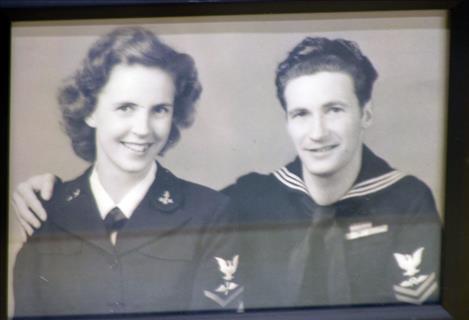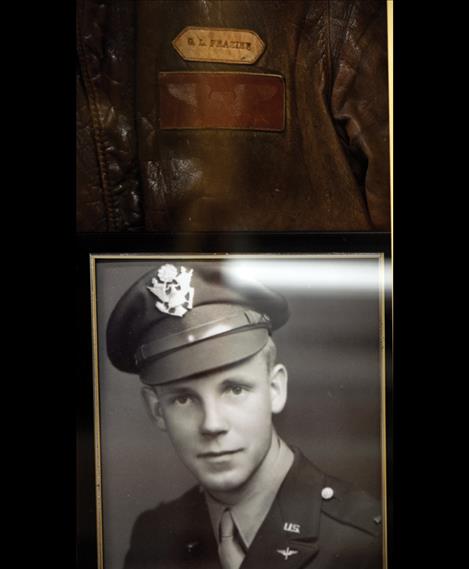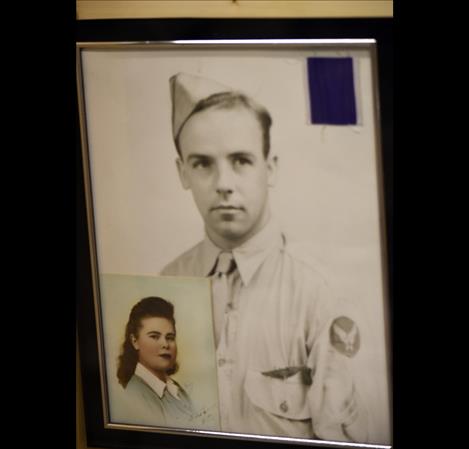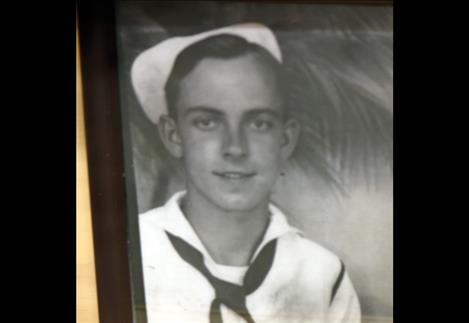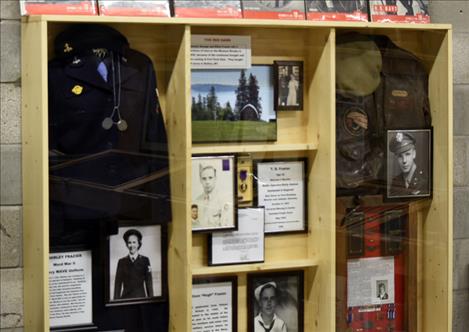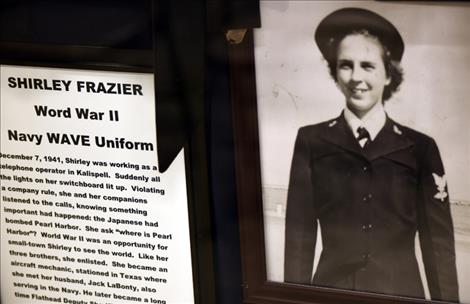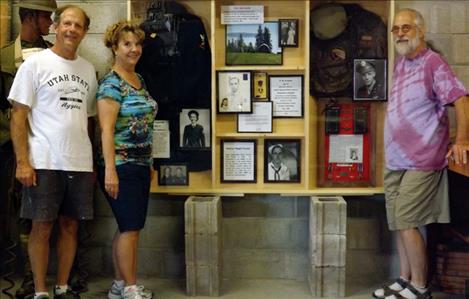Remembering 4 World War II vets, all siblings
Hey savvy news reader! Thanks for choosing local.
You are now reading
1 of 3 free articles.
The switchboard lit up in Kalispell on Dec. 7, 1941. With their fingers flying, telephone operators Shirley Frazier and her co-worker frantically connected calls. The girls knew something was up, something major, so they violated company policy and listened in to hear about the bombing of Pearl Harbor, an attack on the United States of America that catapulted the nation into World War II and made Shirley feel she just had to join.
Now Shirley’s children, Linda Snyder and Dennis and John LaBonty, using artifacts and memorabilia from family members have created a shadowbox on display at the Polson Flathead Historical Museum.
While a telephone operator was a pretty good job for a woman at that time, enlisting in the Navy Waves allowed Shirley to get out of the Flathead Valley.
Shirley remembered men waiting at the recruiting office, in lines reaching clear out into the street, and people were carrying dishes made in Japan outside and breaking them in protest, according to Dennis.
“For my mother it was an opportunity for her to see the United States. It opened up her world,” Dennis said. “We always laughed and called it her college education.”
Shirley and her three brothers lived on the family farm on the shores of Flathead Lake near Rollins. It’s where there’s a picturesque red barn not far past M & S Meats, the LaBonty siblings said.
Shirley’s parents, Ethel and George Frazier, moved to Rollins from the plains outside Jordan and bought the place with the big red barn in 1935. Shirley and her three brothers all attended Polson High School. They all graduated except for brother T.D., who hated school.
All four of the Frazier kids enlisted in branches of the United States military: George Frazier, Jr. enlisted in the Army Aircorps; Shirley signed up to be a Navy Wave; T.D. enlisted in the Army Aircorps; and younger brother William Hugh “Hughie” went into the Navy in 1944.
T.D. was the only Frazier who didn’t come back from the war. He was killed on the first mission he flew in, shot down over the North Sea in a B17. T.D. had been married to his high school sweetheart, Betty, for three months.
“What really sparked my interest was T.D. … I had come across my uncle T.D.’s information and was fortunate enough to gain a lot of information,” John said. “That started me collecting my other uncles’ and my mother’s stuff.”
“I’ll always remember T.D.’s photograph from my grandma’s dresser,” John said. “She had put a black scarf on top.”
T.D. was listed as missing in action, and his parents were notified when a staff car drove into the yard. His mother held out hope T.D. was alive for the duration of the war. She wrote lots of letters to Senator Burton K. Wheeler, and his replies were saved.
“He wasn’t declared officially dead until 1950, and no remains could be recovered,” John said.
From uniforms and souvenirs to stories passed down, John became a collector and turned his classroom in Glasgow into a museum about World War II along with some World War I information since he had his grandfather’s WWI uniform.
Then John retired.
“I had quite a lot of information and stuff,” John said.
The shadow box featured each one of the Fraziers and told a little bit about their history.
“We tried not to make it too boring or too long,” John said. “Then we got together and built the box.”
“We just wanted to tell that story, of four young people who went off to war,” John said.
Shirley ended up in Texas, as a mechanic working on trainer planes. She met the kids’ dad, Jack LaBonty there. They married and returned to Montana after the war.
Uncle George was a decorated pilot — the Flying Cross and the Air Medal — and flew a B-25 Mitchell. When the Japanese attacked, they stripped down his plane and loaded it with bombs, sending out several other planes also stuffed with bombs, according to John.
“George wasn’t shot down,” he said, “But two others were.”
When George returned to the states, he never flew again, but went on to work on building dams, including Hungry Horse and Kerr Dams.
After the war, the pilot and co-pilot from T.D.’s plane visited all the families of the eight crew members killed in the crash.
“I’ve done research on those 17s,” John said. “They are virtually impossible to get out of; the pilot and co-pilot have the best way out.”
“Hughie was so afraid the war was going to end before he got into it,” John said.
Hughie did get in on the tail end of WWII, enlisting in the Navy and serving his country, although his parents made him wait until he graduated from high school.
The shadow box filled with memorabilia and uniforms is a tribute to four Rollins kids who all fought for their country, and are now memorialized in a museum rather than boxes in John’s garage.















